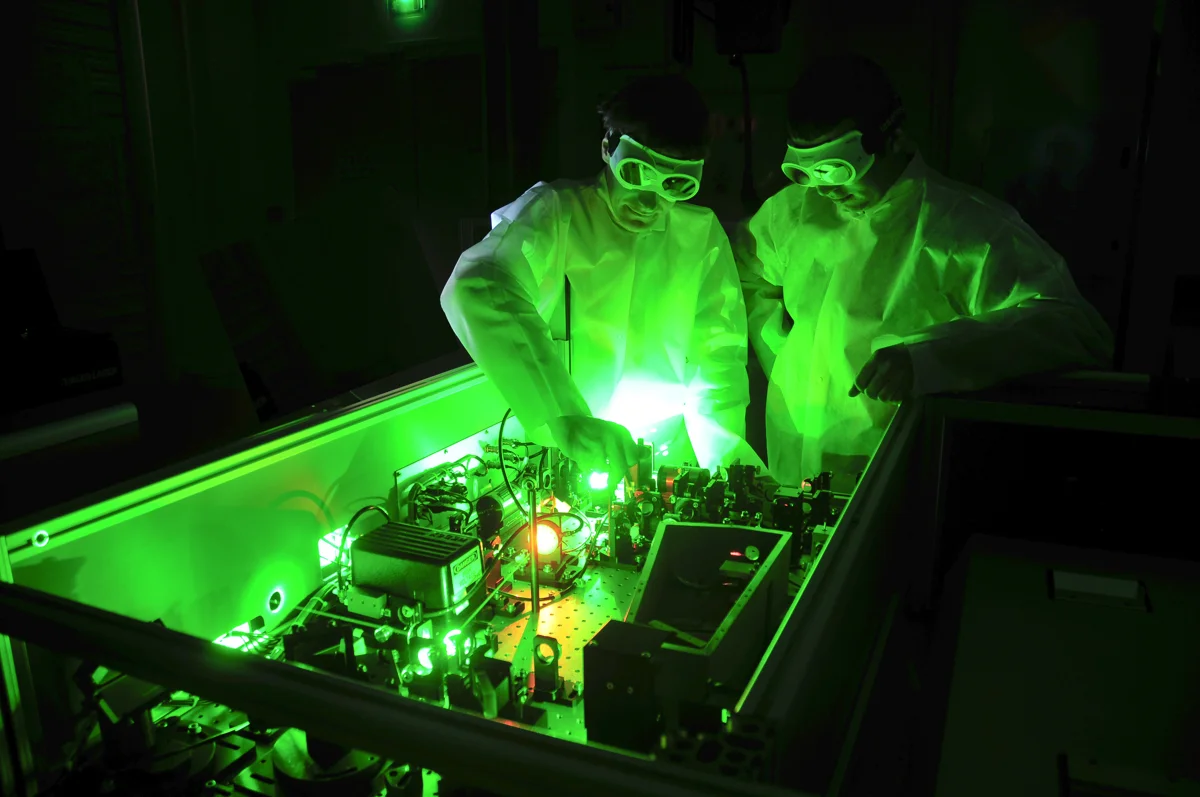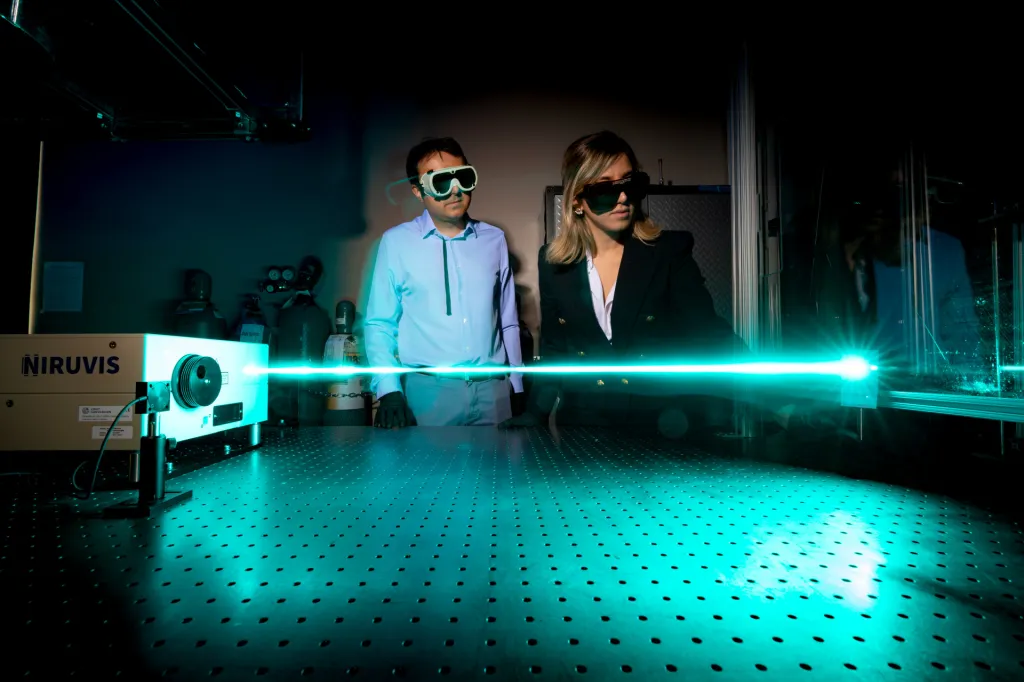Fusion energy, the process that powers the sun, is seen as a potentially transformative solution for sustainable energy production. It works by forcing atomic nuclei to fuse, releasing enormous energy without harmful emissions. If scientists can master this process using laser technology, it could provide an almost limitless and environmentally friendly energy source.
Colorado State University (CSU) has begun construction of a $150 million laser research facility aimed at advancing nuclear fusion through lasers. Scheduled to open in 2026, this new lab represents a major step toward making laser-driven nuclear fusion a viable clean energy option. The Advanced Technology Lasers for Applications and Science (ATLAS) Facility will serve as a hub for developing this breakthrough technology.
The ATLAS Facility is the result of over four decades of laser research at CSU, with significant funding from the U.S. Department of Energy and private sector support, notably from German startup Marvel Fusion. Marvel Fusion is contributing state-of-the-art laser technology, which will be integrated with CSU’s existing powerful lasers to create a system capable of generating immense power.

Once operational, the facility will combine three laser systems to unleash up to 7 petawatts of energy in incredibly short bursts. This concentration of energy is over 5,000 times the total electrical output of the United States, packed into pulses lasting only 100 quadrillionths of a second. The power of these lasers will be key in driving nuclear fusion reactions, which may one day become a clean and virtually inexhaustible energy source.
In addition to its energy goals, the ATLAS Facility will support other areas of research, including medical applications like tumor treatments and advanced imaging technologies. The project is part of CSU’s broader Advanced Laser for Extreme Photonics (ALEPH) Center, positioning the university as a leader in both laser research and sustainable technology development.







Leave a Reply